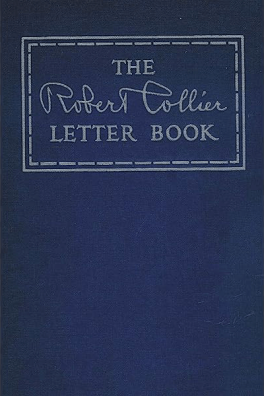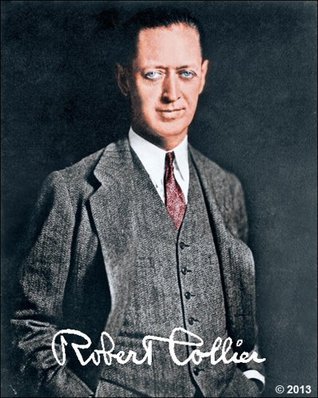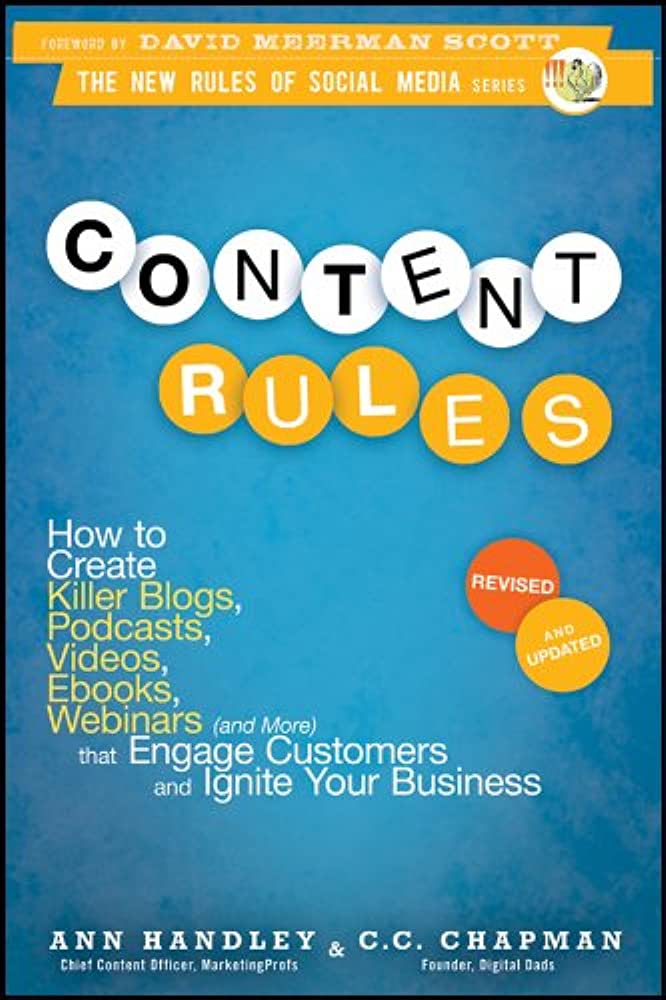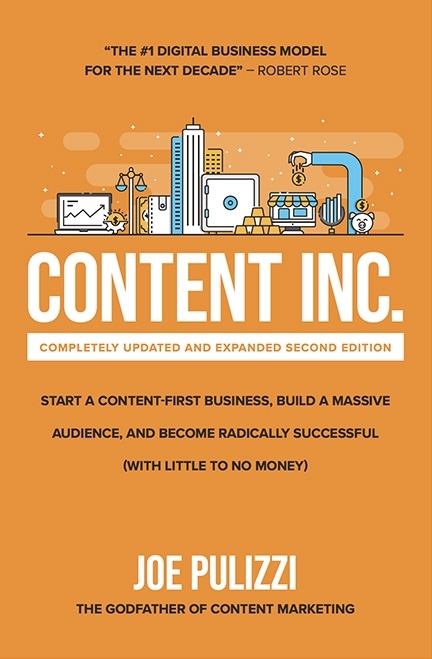On these 6 measurements, the book rates 85/100 in my opinion.


Narration (19/20)
Clarity of Speech
Q: How clear and understandable was the voice?
A: Excellent quality of voiceover.
7/7
Fluency
Q: Were there any gulps, voice jumps? Recording interruptions? The higher the score – the less interruptions.
A: Again excellent quality of voiceover.
The only problem is that if you don’t have an eBook to go along with the voiceover, sometimes the punctuation is not expressed very well, and you may find yourself a little bit confused.
5/6
Expressing Emotions
Q: How much does it sound as if the narrator was really there?
How attached is he to the sentiment in the story?
And how well does he transfer the emotion to the reader?
A: The way the voiceover actor expresses emotions is awesome.
7/7
Plot
Q: Is there a storyline? How connected is one Idea to the one before it?
A: It was mostly told in chronological order. And even when it wasn’t, the explanations didn’t feel out of place.
10/10
Heading Distribution (5/10)
Q: When I read the heading, can I recall the contents?
A: I recall the contents of 11 Headlines and 3 vaguely out of 26
5/10
Drive For Implementation (13/20)
How much does the book push you to apply it’s contents?
Visuals
Q: Does it use images or other resources to transfer it’s message?
A: The Kindle version has 0 Images, so does the Audiobook, but some downloaded PDF version has many images. Though I didn’t even pay attention to them until I had to rate the book 🙂 The essence is in the story itself.
4/7
P.S. I recommend you purchase the kindle version for 2.19$ if you are to use the downloaded PDF.
Direct Calls to Action
Q: How often does the author prompt you to apply the ideas in the book?
A: It is mostly teaching, teaching, teaching, the only times I felt directly prompted was in the beginning and end, when he talks of presenting the right bait to the right person and having them buy this way.
2/6
Providing Actual Specific Details
Q: Can you actually apply the Ideas on the book without additional resources?
A: Most definitely! And I already have as you probably already have seen in the main blog post
7/7
Examples (10/10)
Q: How often are examples provided to explain a point, and how well do they portray the ideas?
A: The whole book is basically examples, and explained very well, I don’t think there are any ideas
that aren’t backed by true examples, and if there are, they are few.
10/10
Content (18/20)
Q: How interesting/useful was the content?
A:
– Not always clear how to apply the teachings for Content Creators who don’t necessarily sell a product already.
– The letters are repetitive and thus require a bit of effort to read, but it is so when you are reading a non-fiction book, just as working out, a bit difficult in the short term, but beneficial in the long term.
+ The repetition of the same principles in different letters is what gets them to stick in your head.
+ Real life examples, no fluff.
18/20

Final Rating (85/100)
Narration – 19/20
Plot – 10/10
Heading Distribution – 5/10
Drive for Implementation – 13/20
Examples – 20/20
Content – 18/20
Final Rating – 85/100
Further Reading

3 Content Rules To APPLY NOW
Here are 3 Content Rules you could ACTUALLY APPLY. With examples! Let´s get to improving your content! Animated Video 1. Have a Clear Success Measure

Youtility Simple Summary and 3 Takeaways (Good Book)
A concise overview of the book that Joe Pulizzi suggests, and 3 Takeaways for Content Creators.Let´s see what Youtility by Jay Baer has to offer.

3 Content Inc. Ideas To Apply In Your Content
Finally a book that is just specifically for content creators (Starting without a product). !Disclaimer – The hyperlink of ConvertKit used in the post is